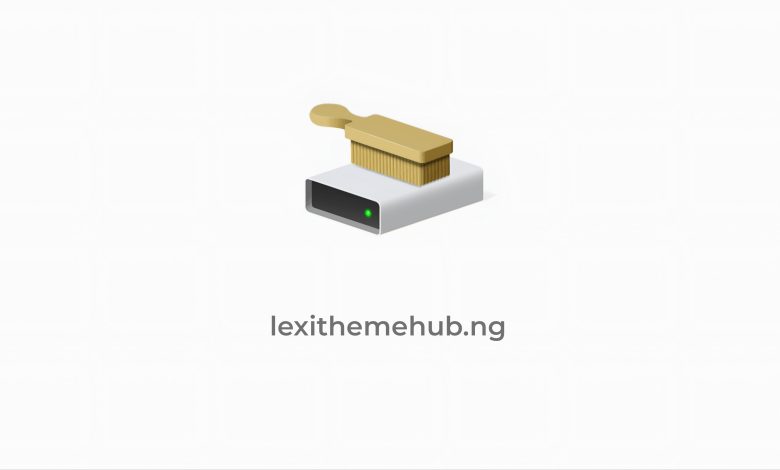
Windows Disk Cleanup is a maintenance utility that is included with all versions of Microsoft Windows. Its primary purpose is to help you free up disk space on your computer’s hard drive by identifying and removing unnecessary files that accumulate over time.
Disk Cleanup scans your hard drive for various types of files that are safe to delete without negatively impacting your system’s performance or your personal data. After the scan, it presents you with a list of file categories and shows you how much space can be reclaimed by deleting them.
There are several methods you can use to clean up system files on Windows. Two of the most common and effective built-in tools are Disk Cleanup and Storage Sense. Additionally, you can use command-line tools like DISM and SFC for more in-depth system file repair and cleanup.
Disk Cleanup
Disk Cleanup is a classic Windows utility that helps you free up disk space by deleting temporary files and other unnecessary data, including system files.
How to Use Disk Cleanup:
1. Press the Windows key + R to open the Run dialog box.
2. Type cleanmgr and press Enter.
3. Select the drive you want to clean (usually C:) and click OK.
4. In the Disk Cleanup window, click on Clean up system files.
5. Select the drive again if prompted. The utility will scan for system files that can be removed.
6. A new list will appear with additional files to delete, such as Previous Windows installations, Windows Update Cleanup, and Temporary Windows installation files.
7. Check the boxes next to the file types you want to delete and click OK, then Delete Files to confirm.
Command-line Tools (Advanced)
For more specific or advanced system file issues, you can use the Deployment Image Servicing and Management (DISM) and System File Checker (SFC) tools.
- SFC (sfc /scannow): This command scans all protected Windows system files and replaces any corrupted ones with a cached copy. It’s often the first step in troubleshooting system file corruption.
- DISM (DISM /Online /Cleanup-Image /RestoreHealth): If the SFC command can’t fix a file, DISM can be used to repair the underlying Windows system image. It’s a more powerful tool that can download and replace corrupted files from Microsoft’s servers.
Storage Sense
For a more automated approach, Storage Sense is a feature in modern Windows versions that can automatically free up space by deleting temporary files and managing your cloud content.
How to Use Storage Sense:
1. Open the Settings app by pressing Windows key + I.
2. Go to System and then Storage.
3. Turn on the Storage Sense toggle.
4. You can configure the settings by clicking on Configure Storage Sense or run it now.
5. Here, you can choose how often to run Storage Sense and which files to clean up, including temporary files, items in your Recycle Bin, and files in your Downloads folder. You can also run it immediately by clicking Clean now.
Note: While Disk Cleanup is a safe tool, it’s always a good practice to review the list of files to be deleted before proceeding, especially if you have sensitive or important files in your Recycle Bin or Downloads folder.
Don’t forget to drop your comments also rate and share this post to your favorite social media.
